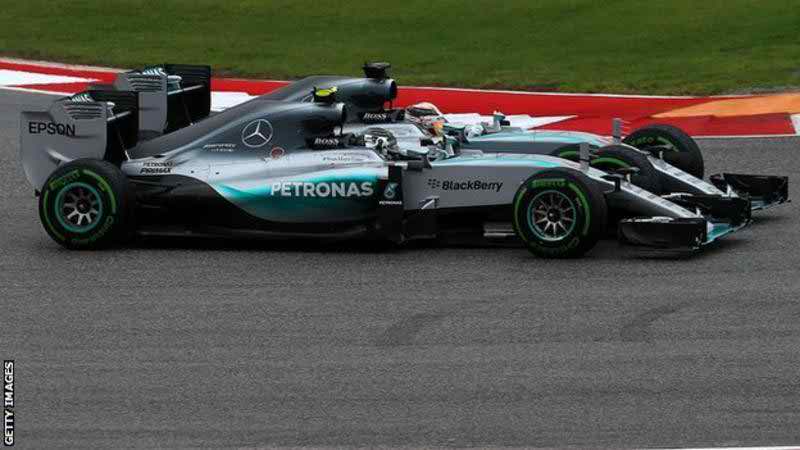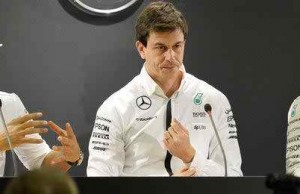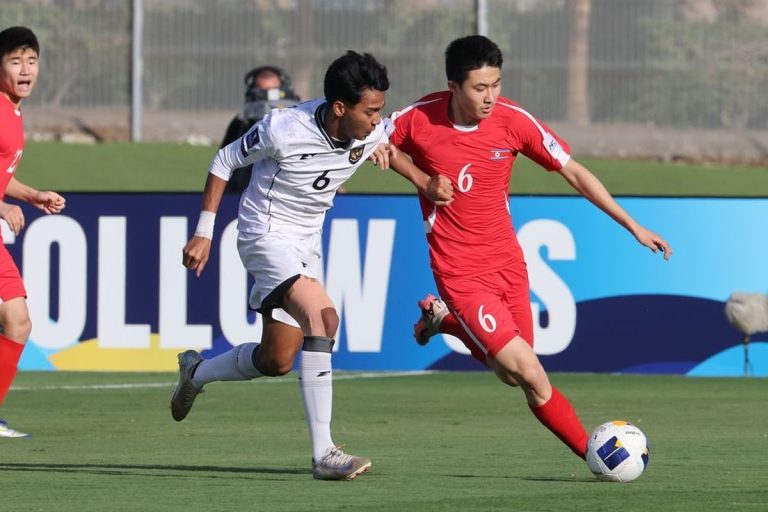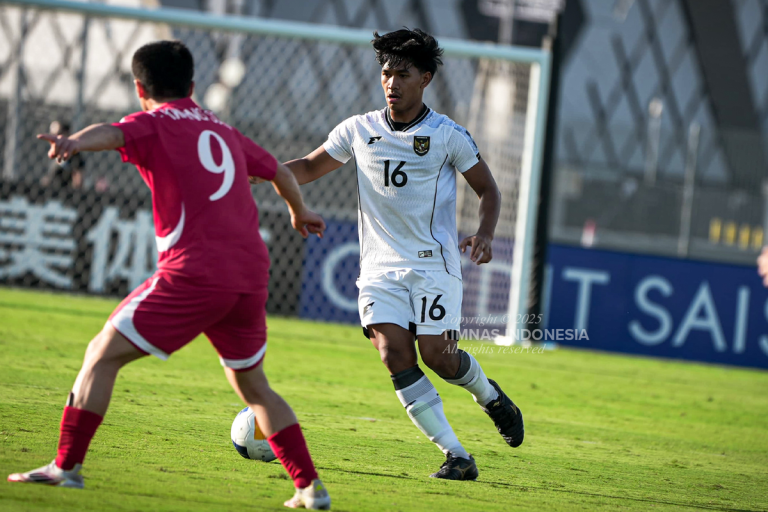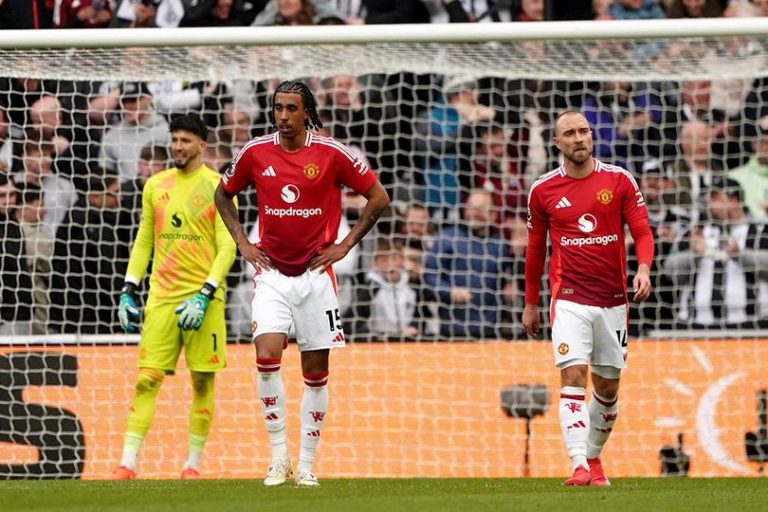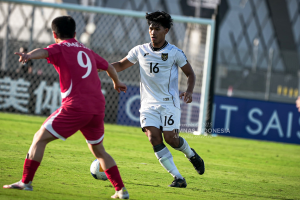The abundances of Christmas and New Year might even now crisp in the psyche, however the new Formula 1 season is closer than you might suspect. It is only 76 days until the lights go out in Melbourne’s Albert Park for the begin of the Australian Grand Prix and in the background in processing plants crosswise over Europe the 22 cars from 11 teams that will challenge the season are now meeting up.
As the clock ticks down to the begin of the most brief time of pre-season testing in F1 history – only eight on-track days in Spain beginning on 22 February – we take a gander at the five key issues that could shape the 2016 thousand prix season. Mercedes team boss Toto Wolff has obviously spent his Christmas break contemplating how to handle the contention between his drivers, Lewis Hamilton and Nico Rosberg, in 2016.
The strains between the two were to a great extent covered through a year ago as Hamilton traveled to the title, however they re-rose in the last six races as Rosberg at long last discovered his structure.
This might well have been brought about by Hamilton backing off tied up the title with three races to go. In any case, if the German can proceed with the exhibitions that prompted a keep running of six shafts and three wins with which he finished the season, the battle could be much closer in 2016.
The probability of Mercedes remaining the team to beat has left Wolff contemplating his obligation to the more extensive game and he has raised the likelihood of giving the drivers a chance to race all the more openly in 2016. Hamilton and Rosberg have been permitted to contend on track throughout the previous two years, however inside of particular rules worked by the team.
Key among these has been that the lead driver dependably gets first decision on pit-quit timing.
This is to keep the driver behind picking up what has been considered an out of line favorable position by ceasing first and utilizing the additional hold of new tires to lead the pack.
However, it diminishes the likelihood of the two swapping positions and confines racing to on the track, where passing is troublesome between two uniformly coordinated cars.
Wolff’s proposal – which is just a thought for the time being – would without a doubt make life all the more captivating for those watching. Be that as it may, it would adequately compel the two drivers’ engineering teams to work contrary to one another.

